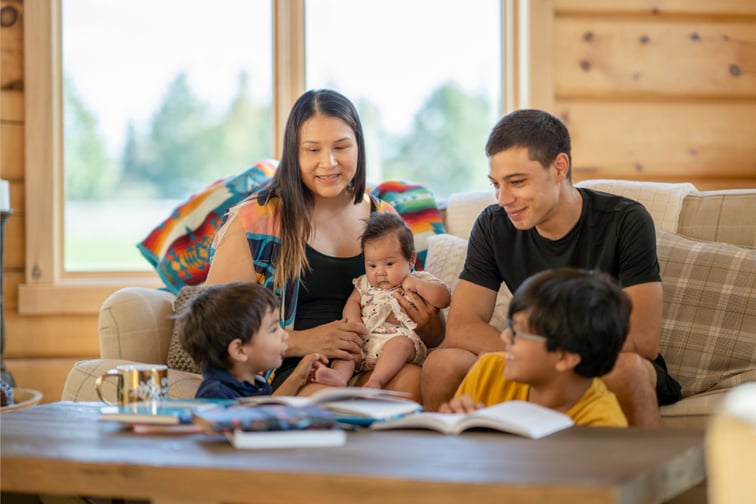

As the demographics of Canadian society grow more diverse, it is essential that everyone has access to cost efficient and effective insurance and risk management solutions – including Canada’s Indigenous people, according to Nathan Ballantyne, CEO of TIPI Insurance Partners.
In recent years, the Canadian government has taken steps to advance reconciliation with Canada’s Indigenous people and renew the relationship with heightened recognition of Indigenous rights, respect, co-operation, and partnership. However, Indigenous communities and entities remain underserved by corporate Canada.
TIPI Insurance Partners, together with TPIP-IMI Insurance Partners, is a 100% Indigenous owned insurance brokerage that helps Indigenous communities and organizations manage risks and protect their families and economic well-being through customized insurance solutions. The Winnipeg, Manitoba-based firm, offers all types of insurance, including property and casualty, specialty products, group health benefits, and group pension.
“Certainly, the last few years have been challenging for us as a company,” said Ballantyne. “Our world has changed a lot. We’re seeing this drastic change in the fabric of our economy, and we’re looking to capitalize on that. We’re positioned very well, with 60 First Nations communities as part of our ownership.
“We’re approached almost daily from different industries that are looking to engage and to do business in a different way, and it’s taking us outside of the true insurance world. We’re seeing ourselves as kind of a conduit to bridge the gap of corporate Canada and Indigenous communities.”
Ballantyne, a member of Misipawistik Cree Nation at Grand Rapids, Manitoba, said there are “a lot of buzzwords” surrounding truth and Canada’s reconciliation with its Indigenous people. A lot of companies, insurers included, are now trying to figure out what reconciliation means for their businesses, and what they need to do to engage and promote positive change.
“We’re looking at how we can help people be part of that change to make a better world for the Indigenous people of Canada,” said Ballantyne. “Indigenous people are the fastest growing demographic, and, with that, they’re going to be the workforce of tomorrow, and the insurance industry is no exception. I think the future is bright.”
For insurance organizations that are trying to empower diverse populations that are currently underrepresented in the industry, like Canada’s Indigenous communities, Ballantyne suggests they take a deep dive into their diversity and inclusion (D&I) strategy to ensure they understand why D&I is important to their business.
“You really have to think about who your current [and future] clients are,” he emphasized. “Is this something you want to do just to check a box and say: ‘Yes, we have a diverse workforce, or is this going to drive real business value? Canada’s future is going to be [more diverse]; there are going to be more new Canadians and more Indigenous people, and those clients are going to want to talk to and interact with somebody they can relate to.
“Brokerages and insurance companies need to look at their workforce and ask: ‘How do we really move the ticker on having more of a diverse workplace?’ We’ve been approached by a few large life insurers in Canada [for help] with their challenges around bringing on more Indigenous employees. This fits in with what we’re doing in terms of the truth and reconciliation call to action. Companies should take a really hard look at their hiring policies and their internal policies and ask: ‘Is it being viewed from a colonial lens?’”
D&I is a huge topic in the insurance industry, and it has been for several years. Insurers generally understand the need to be purposeful and focused in building a workforce that reflects the communities they serve, but that hasn’t necessarily translated into successful and diverse talent acquisition and retention.
“From the Indigenous perspective, there’s a big challenge around really bringing on and training qualified professionals in the insurance world. I came from the private equity side of things and don’t know how I ended up working in insurance,” said Ballantyne, who used to work beside former Prime Minister Paul Martin as an investment analyst for Martin’s Capital for Aboriginal Prosperity and Entrepreneurship, or CAPE fund, in Montreal.
“When we look at our workforce [at TIPI Insurance Partners], we started with six employees when I first joined the firm, and now we’re moving past the 100 mark and the vast majority of those individuals are Indigenous. [Companies] need to look at how they’re attracting talent and they have to be creative, because how you attracted the workforce in the past probably isn’t going to work in the future. Let’s be open to doing things a different way.”
